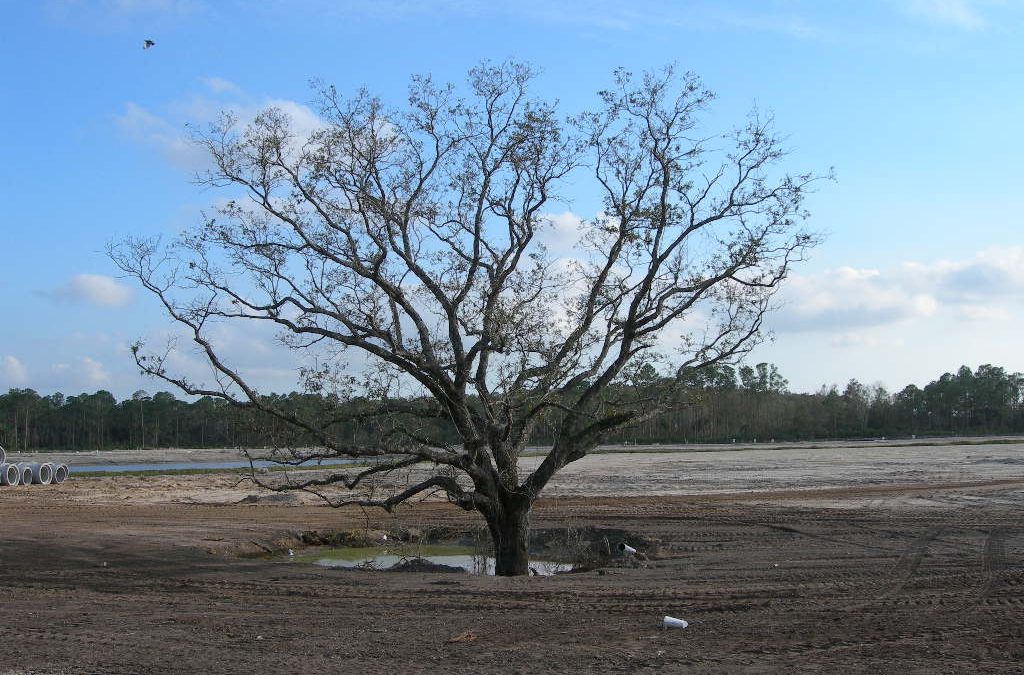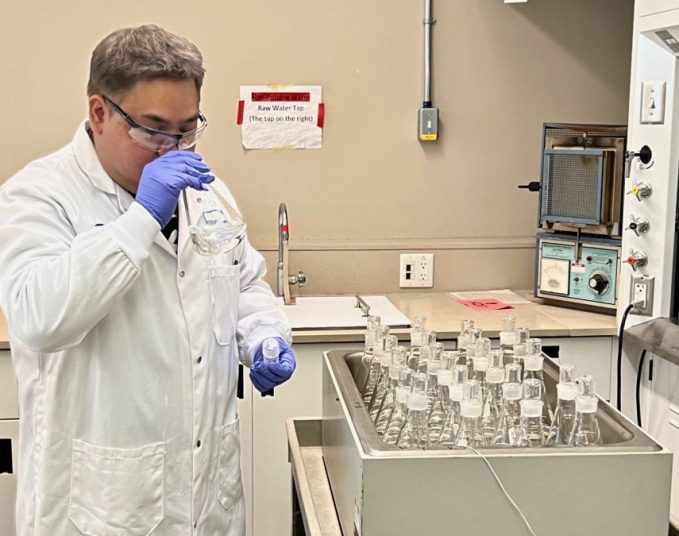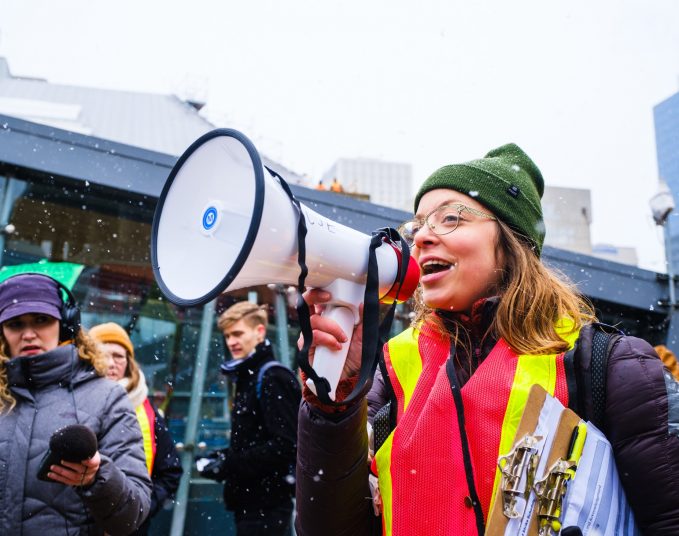There’s a decent chance that zombies are lurking in your neighbourhood. No, not the figurines that your neighbour got at the Spirit of Halloween.
Zombie trees is what we’re getting at.
These are trees that are showing signs that they’re not in the best of shape. Branches have snapped off. Leaves aren’t quite the right colour (though this isn’t the best time of year to determine that). The bark is split. The tree could be leaning. These are warnings that the tree is in serious trouble.
A “zombie” is a tree that’s suffering because of windstorms damage or extended droughts. Think of it as storm or drought damage that’s occurring in slow motion. And, because of the changing climate, we’re seeing extended drought conditions in Alberta, punctuated by severe storms. A tree might be showing the effects today from a windstorm that occurred a year or two ago.
“Just speaking anecdotally, I’ve seen some more (zombie trees),” says Kevin Sproule, assistant district manager at Davey Tree Edmonton. “We went through a couple of years of drought-like conditions here in Edmonton, and that’s definitely put stress on trees. They become stressed out and weaker overall. They become less able to handle damage from the weather.”
According to Agriculture and Agri-Food Canada’s most-recent drought updates, issued at the end of September, north, central and southeast Alberta got less than 40 per cent of what would be considered normal rainfall. And it’s not like October, so far, has been filled with snow or rain.
In fact, zombie trees are being talked about more and more. Earlier this year, Stanford University researchers found that a fifth of the coniferous trees in the Sierra Nevada forests are now “mismatched” to the warming climate. These trees can no longer withstand the warmer, drier conditions.
But, moving back from California’s forests to Edmonton backyards, what’s the risk in simply letting a zombie tree be a zombie tree?
“If you don’t do anything about it and just leave it, there may be some internal decay,” says Sproule. “Let’s say that tree has gone through a large storm and now there’s a crack on the tree, even a crack you may not see. This is an entry point. Insects and disease can get in. Your tree may have internal decay, and may be dying from the inside out — just like the zombies you see in horror movies.”
And a tree that’s “structurally unsound” could fall over.
If you have a tree showing signs of weakness, Sproule recommends calling in a certified arborist to check it out. Just because the tree is showing signs of stress, it doesn’t mean it has to be chopped down. The message here is to trust the expert.
Fall and winter is a good time to check trees. With their leaves shed, its easier to examine the bark for damage, like cracks.
And Sproule says it’s a good time for Edmontonians to do some preventative maintenance on their trees, to prepare them for severe weather to come. Taking deadwood out is important, as is thinning out the tree. A tree that’s thinned out will have more gaps for wind to pass through, making it less likely to suffer damage from the gales.
“It allows for the wind to blow through the tree rather than pushing on it,” says Sproule.
But, as the climate changes, we’ll all likely need to think more about how to prepare our yards to handle the realities of severe storms and drought.
Savvy AF. Blunt AF. Edmonton AF.




